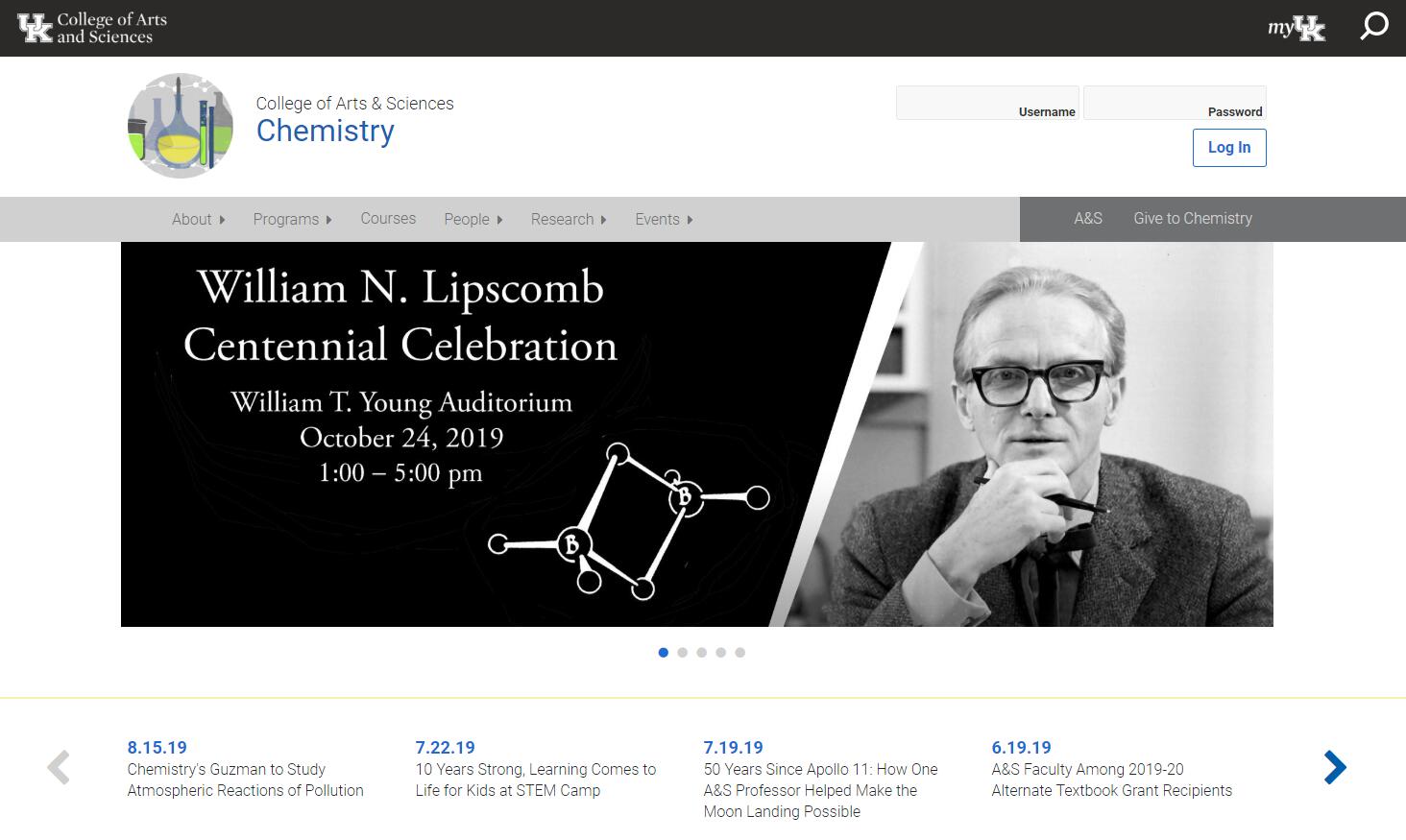If you are going to pursue a graduate degree in chemistry within the state of Kentucky, then you have come to the right place. On this website, you will find the 2 best chemistry schools in Kentucky. Please note that these rankings are based on student reviews, graduation rates, and the academic surveys submitted by peer colleges and universities throughout Kentucky.

| Ranking | Graduate Chemistry |
| 1 | University of Kentucky, Department of Chemistry Address: 125 Chemistry-Physics Buidling, Lexington, KY 40506-0055 Phone: (800) 944-2436 E-mail: chemgrad@uky.edu Website: http://www.as.uky.edu |
| 2 | University of Louisville, Department of Chemistry Address: 2320 South Brook Street, Louisville, KY 40292 Phone: (502) 852-6798 Website: http://louisville.edu/chemistry |

Early History of Kentucky
In 1774, an expedition led by hunter and pioneer James Harrod explored Kentucky. On June 16, 1774, Harrod founded the first European settlement in Kentucky – Harrodstown, which became the modern city of Harrodsburg.
In 1775, Richard Henderson, a North Carolina lawyer and pioneer, attempted to establish a new colony in Kentucky, “Transylvania” (which lasted only a year). Henderson hired Daniel Boone, who, along with several companions, built a road through the Cumberland Pass into central Kentucky, which later became known as the “Wilderness Road.” It was along the route explored by Boone that settlers traveled to Kentucky for decades.
In the same year, 1775, Daniel Boone founded Fort Bonsborough, which later became a city. Boone brought his family here and lived in Bonsborough until 1779. Today, Fort Bonsboro has been restored to Kentucky State Park status.
In July 1776, three teenage girls, among whom was Boone’s daughter Jemima, were kidnapped in the vicinity of Bonsboro by the Indians. Bun with a group of colonists gave chase and two days later caught up with the kidnappers and saved the girls. This case received wide publicity in the United States and even served as the basis for the plot of Fenimore Cooper’s famous book, The Last of the Mohicans.
Daniel Boone continued to fight with the Indians, was captured by them and was recognized as a member of the tribe, fled and returned to Kentucky. He was elected to the Virginia General Assembly and actively participated in the American Revolutionary War. After the war, Boone worked as a surveyor and was engaged in trade, then he moved to the then undeveloped lands of Missouri, where he spent the last decades of his life.
The city of Boone in North Carolina, counties in the states of Arkansas, West Virginia, Illinois, Indiana, Kentucky, Missouri and Nebraska, the Daniel Boone National Forest and many other objects are named after Daniel Boone, one of the most striking characters of the frontier period in the United States. in USA.
In 1776, the District of Kentucky was formed as part of Virginia. In 1780, it was divided into Fayette, Jefferson, and Lincoln counties. The residents of these three counties united in their desire to separate from Virginia, dissatisfied with the policy pursued by the state government in remote, behind the mountains, counties.
There were several reasons: remoteness from the capital, the need to obtain permission from the state governor to conduct raids against the Indians by the local militia (which was very relevant in those years), a ban on trade with the Spaniards in New Orleans, which was very important for Kentucky located on the Mississippi. In 1788, General James Wilkinson, who, as it turned out later, was a paid agent of Spain, even tried to organize the secession of Kentucky from the United States and joining the Spanish colonies.
